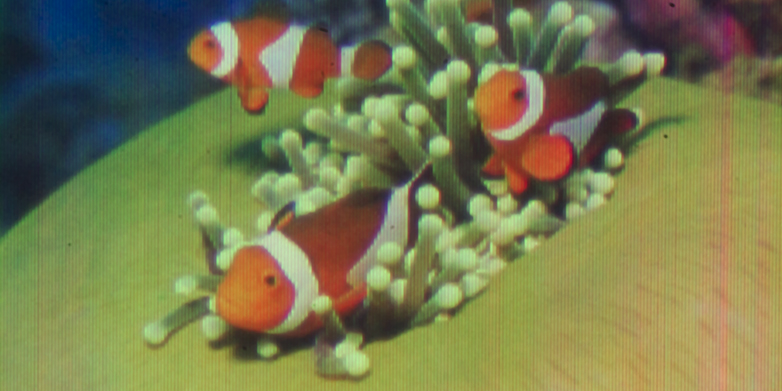Here is a cool paper from from Prof. Gitti Frey and Moshe Moshonov at Technion, Israel Institute of Technology, Haifa Israel on Self-assembled block copolymer template and ALD. This is a rather hot topic for future nano patterning. They are using an ALD reactor that I did not come across until now - a MVD100E Applied MST system with an integrated oxygen plasma module to do ALD of ZnO into the organic films and self assembly of Block Copolymers.
The MVD100E Applied MST is a 200 mm tool capable of Molecular Vapor Deposition (MVD) and ALD for R&D or pilot manufacturing. It is designed for high performance, flexibility and reliability for the most demanding applications. Corporate and Academic Research Labs have called it their most versatile and reliable piece of equipment (http://www.appliedmst.com/mvd-100e/)
Here is also a video that I found on Youtube on how to operate the MVD100E tool from The Integrated Nanosystems Research Facility at The University of California, Irvine (INRF UCI).
Directing Hybrid Structures by Combining Self-Assembly of Functional Block Copolymers and Atomic Layer Deposition: A Demonstration on Hybrid Photovoltaics
Moshe Moshonov and Gitti L. Frey
Langmuir, 2015, 31 (46), pp 12762–12769 DOI: 10.1021/acs.langmuir.5b03282
The simplicity and versatility of block copolymer self-assembly offers their use as templates for nano- and meso-structured materials. However, in most cases, the material processing requires multiple steps, and the block copolymer is a sacrificial building block. Here, we combine a self-assembled block copolymer template and atomic layer deposition (ALD) of a metal oxide to generate functional hybrid films in a simple process with no etching or burning steps. This approach is demonstrated by using the crystallization-induced self-assembly of a rod–coil block copolymer, P3HT-b-PEO, and the ALD of ZnO. The block copolymer self-assembles into fibrils, ∼ 20 nm in diameter and microns long, with crystalline P3HT cores and amorphous PEO corona. The affinity of the ALD precursors to the PEO corona directs the exclusive deposition of crystalline ZnO within the PEO domains. The obtained hybrid structure possesses the properties desired for photovoltaic films: donor–acceptor continuous nanoscale interpenetrated networks. Therefore, we integrated the films into single-layer hybrid photovoltaics devices, thus demonstrating that combining self-assembly of functional block copolymers and ALD is a simple approach to direct desired complex hybrid morphologies.



%20(1).png)















